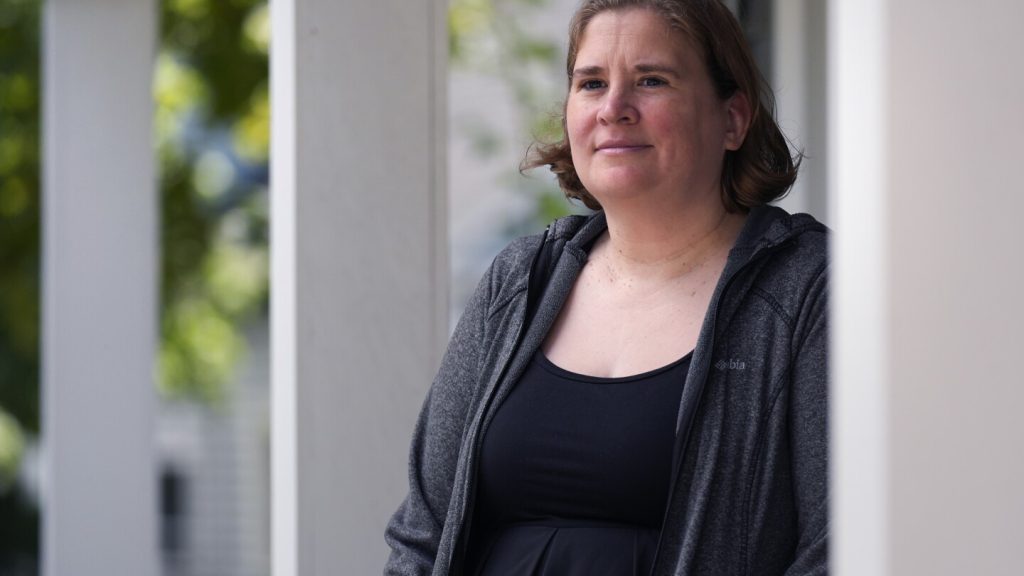Single mother Rebecca Wood, 45, found herself facing high medical bills in 2020 when she noticed that she was being charged a $2.49 “program fee” each time she loaded money onto her daughter’s school lunch account. This fee is a result of more schools turning to cashless payment systems and contracting with processing companies that charge transaction fees ranging from $3.25 to 4-5% per transaction. Despite legally requiring schools to offer fee-free options to pay by cash or check, there is often a lack of transparency around this requirement, leaving parents like Wood feeling burdened by the additional costs.
The U.S. Department of Agriculture has mandated since 2017 that districts inform families of their payment options to avoid fees, but the process of paying by cash or check can be inconvenient for many families. Parents like Joanna Roa, who has two school-aged children, find the transaction fees to be burdensome, leading them to opt for packed lunches instead. The fees, especially in rural areas like South Carolina, can significantly impact families’ budgets, forcing them to make difficult decisions about how they pay for school lunches.
A report by the Consumer Financial Protection Bureau revealed that 87% of the 300 largest public school districts in the U.S. contract with payment processors that charge an average of $2.37 or 4.4% per transaction. This disproportionately affects families with lower incomes who cannot afford to load large sums onto their children’s accounts, resulting in frequent fees that can add up quickly. Families qualifying for free or reduced lunch may end up paying as much as 60 cents per dollar in fees when paying electronically, further straining their finances.
Rebecca Wood took action by researching the fees and pointing out the USDA requirement for fee-free payment to the superintendent of her daughter’s school district. Despite the superintendent acknowledging the oversight, Wood and other parents planned to protest the fees by paying in coins before the pandemic changed school lunch policies. Wood later became part of a successful campaign advocating for universal free school lunches in Massachusetts, but she continues to protest processing fees for families, emphasizing that they disproportionately affect those who need financial support the most.
While payment companies argue that school districts have the opportunity to negotiate fees and rates, the CFPB report found that complex company structures may limit competition and discourage negotiation. Just three companies—MySchoolBucks, SchoolCafe, and LINQ Connect—dominate the market, making it challenging for families to avoid harmful practices that may violate federal consumer protection laws. The lack of options for school districts to choose payment processing companies makes it difficult for families to escape these fees.
Parents facing these fees can exercise their right to pay by cash or check under federal policy and request that their school district negotiate fees with the payment processing company. They can also ask the district to cover the fees directly, potentially giving them leverage in negotiating a contract. Families in low-income areas may explore whether their district qualifies for the Community Eligibility Provision, allowing the school to provide free breakfast and lunch to all enrolled students. More information on the CEP is available on the U.S. Department of Agriculture’s website.


